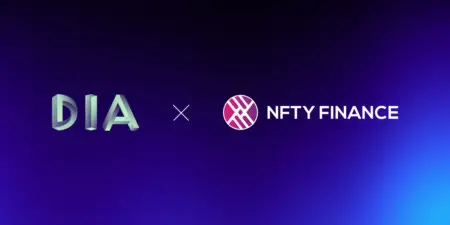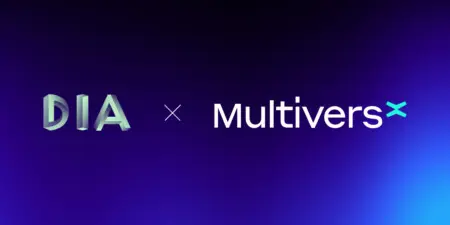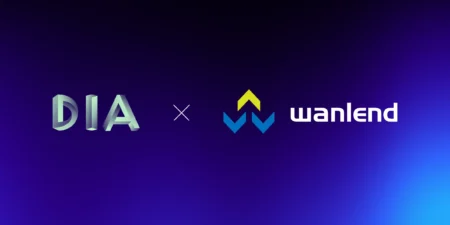Partnership with Azos Finance to Power the Collateral Layer of Climate Impact Assets
We’re excited to announce our partnership with Azos Finance, a regenerative finance protocol building a new stablecoin standard backed by real-world impact assets.

Through this integration, DIA’s decentralized oracles will provide essential pricing data for Azos’ collateral system—enabling a new class of tokenized impact assets to be reliably used within DeFi on Base.
We are building a stablecoin to save the world, by providing direct financing to projects and the people making a positive impact.Penguin HeilmanCo-Founder of Azos Finance
Bringing Impact Assets into DeFi
Azos is pioneering a stablecoin model where users can mint the AZUSD stablecoin by overcollateralizing impact assets such as green bonds, tokenized carbon credits, and sustainable commodities. This unlocks liquidity for previously idle regenerative assets while ensuring the stability of AZUSD through low-volatility collateral pools.
For this model to work, accurate and transparent price data is critical. That’s where DIA comes in.

DIA Oracles: Transparent, Tailored, Trustless
DIA delivers fully custom-built price feeds that are open-source, verifiable, and sourced directly from first-party data origins, including DEXs and impact asset platforms. In contrast to black-box oracles, DIA’s feeds are fully auditable and can be tailored to fit emerging asset classes, like the ones Azos is pioneering.
This makes DIA the ideal oracle partner for Azos’ needs: handling multi-chain assets (like KLIMA on Polygon and CELO on Celo) and deploying custom methodologies optimized for the nature of impact assets.
Realizing a Regenerative Onchain Economy
This integration will initially support pricing for KLIMA, and CELO, allowing Azos users to mint stablecoins against these assets on Base. More importantly, it lays the groundwork for integrating future regenerative assets into DeFi.
Together, DIA and Azos are enabling a trustless collateral infrastructure for a regenerative financial system, where sustainable assets are no longer sidelined but become core components of onchain value creation.







